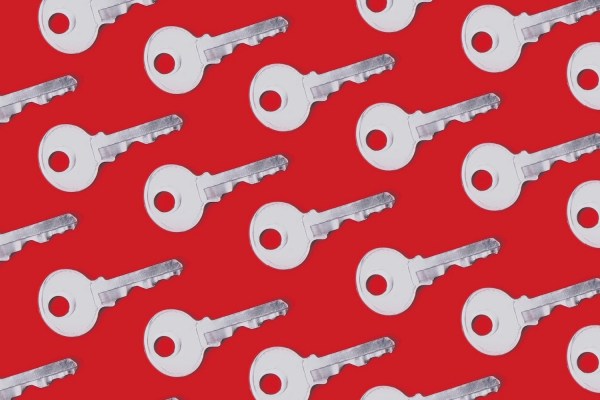JavaScript developers: Here are the top trends and tools

The 2022 State of JavaScript survey of nearly 40,000 developers has identified the most popular, emerging and waning technologies used by JavaScript developers.
The annual JavaScript survey, whose sponsors include Google, highlights new frontend frameworks, such as Solid and Qwik, that are challenging stalwarts like React. It also looks at rendering frameworks, testing tools, mobile and desktop development, and various build tools.
The survey assesses each technology based on their retention ratio and user count. High usage/high retention technologies (a measure of satisfaction based on whether a person would continue to use it or avoid it) are safe to adopt, low usage/low retention are considered ‘harder to recommend’, and high usage/low retention are worth reassessing if used.
In mobile and desktop app development, the library with the highest retention was Tauri, a relatively new open-source toolkit for building cross-platform desktop apps using web technologies, such as HTML, CSS, and JavaScript. Tauri reached version 1.0 in July, its core libraries are written in Rust, and the project focusses on boosting security and reducing resource usage. Tauri apps feature a Rust binary that manages windows, the webview, and calls to the operating system. The project is working on iOS and Android support.
Also: Programming languages: Why this old favorite is on the rise again
Electron, the most widely used tool for building cross-platform desktop apps, has seen its retention levels drop dramatically since 2020. It was the leader by retention between 2018 and 2020, but it fell to 75% in 2022, though it’s still in the top five by retention, just ahead of React Native at 74%.
Still, only 32% of respondents were aware of Tauri, and just 5% of them use it, although usage has doubled in the past year. Electron remains the most used toolkit at 35%, along with React Native, followed by Cordova.
The most widely used frontend framework was React at 82%, followed by Google-made Angular at 48%, and Vue.js at 46%. Svelte usage had grown from 7.8% in 2019 to become the fourth by usage at 21%. It was also the top framework developers said they were interested in learning.
Svelte and Solid were the leaders by retention, at 89% and 90%, respectively. React’s retention has fallen from 89% in 2019 to 83%, while Angular’s retention has grown slightly over the period to reach 42%, but that’s still well down from 2016 when it had 68% retention.
On the server side, the top rendering framework was Next.js at 48%, followed by Gatsby at 23%, and Next at 18%. However, Astro and SvelteKit topped the retention scale with 92% each, followed by Next.js at 90%. Gatsby’s retention has fallen from 90% in 2019 to 38% in 2022.
Microsoft-designed JavaScript superset Typescript has grown in popularity since its release a decade ago, thanks in part to the popularity of JavaScript. Of the 27,000 people who responded to the question about which flavors of JavaScript they use, 98% said they use TypeScript. The second runner was Elm, with just 2.3%.
Also: Managing and leading aren’t the same thing. Here’s why it matters
Far more developers are using TypeScript exclusively over those using JavaScript all the time. Some 28% use TypeScript all the time versus 11% who say they use JavaScript all the time.
The most popular non-JavaScript languages used by respondents are Python, followed by PHP, Java, Rust, Go, C#, and C/C++.
Sarah Drasner, director of engineering and web infrastructure at Google, argues in the conclusion of the report that falling retention for React, Angular and Cue is a “sign of maturity”.
“When we look at established frameworks like React, Angular, or Vue we often see a drop in satisfaction, and people may wonder what it means for the future. I believe that this decline is a function of the tool being battle-tested and used in production, of finding the rough edges and experiencing the trade-offs every tool has. It’s a sign of maturity and clear-eyed appreciation for what these tools can offer,” Drasner writes.





Pingback: LSM99 สล็อตเว็บตรง